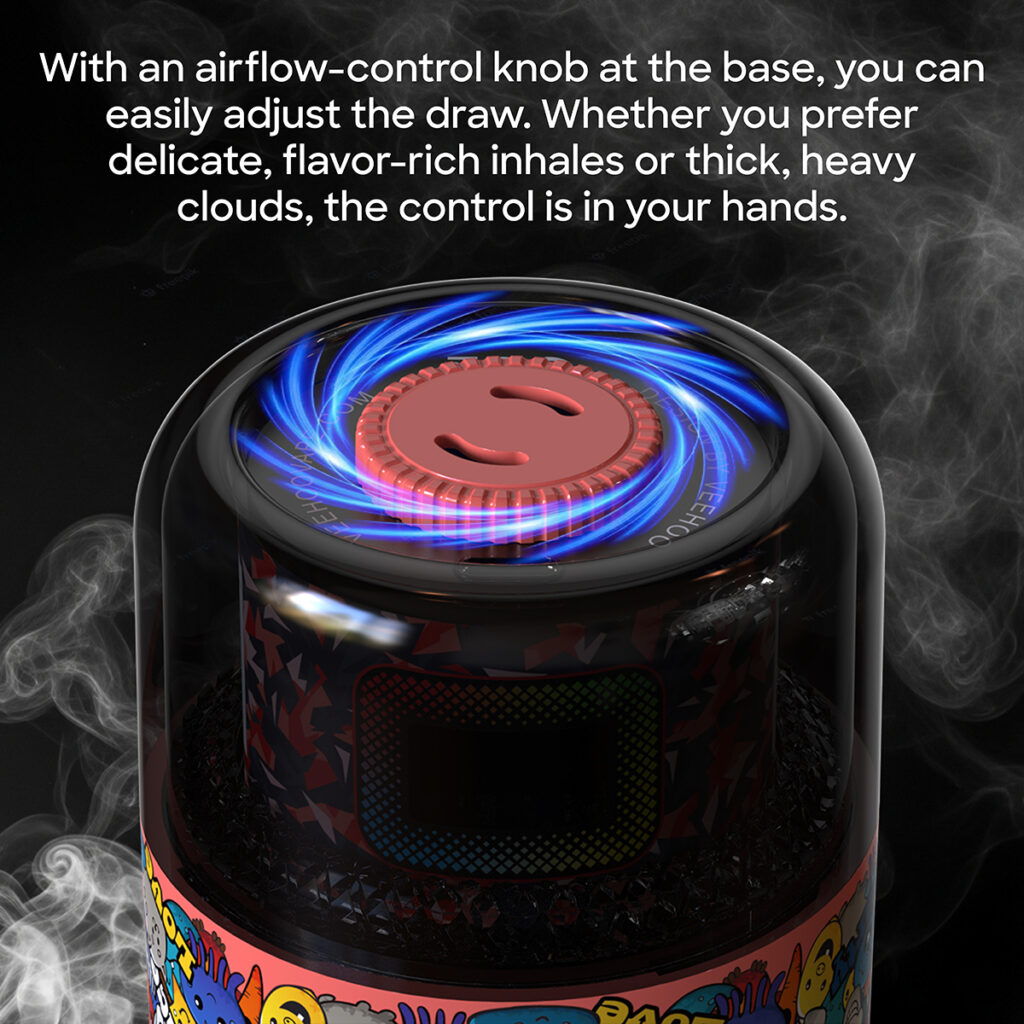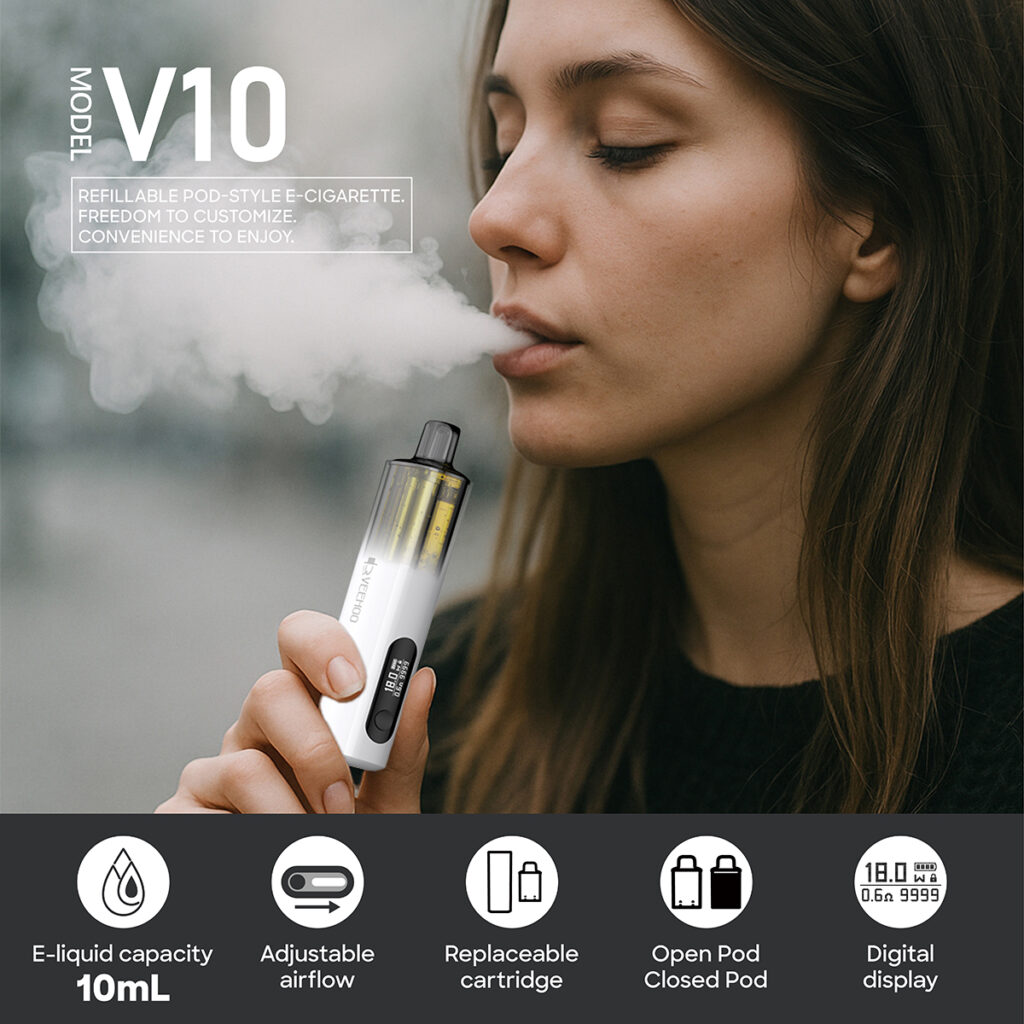Spain is reaching a turning point in public health governance. Responding to widespread public outcry, the government has proposed an unprecedented reform bill, extending the smoking ban to all public places, both indoors and outdoors. For the first time, it will also include e-cigarettes and heated tobacco devices under the same restrictions. This policy means that restaurant and bar terraces, bus stops, stadiums, school playgrounds, and many other shared urban spaces will become smoke- and vapor-free public spaces.
This news not only represents an upgrade in policies and regulations but also hints at the deeper progress Spain is making on its tobacco control journey. From initially banning smoking indoors to now extending the ban to public outdoor spaces, the government demonstrates its determination to protect citizens’ air quality and health rights in a more comprehensive manner. According to recent reports, the draft emphasizes that e-cigarettes should be treated equally with traditional tobacco, prohibiting their use in many public places. It also explicitly prohibits advertising, sponsorship, and the sale of disposable e-cigarettes, particularly prohibiting the use of such products by minors.

This policy covers a wide range of areas, including outdoor terraces, beaches, bus stops, schools and university campuses, sports facilities, public swimming pools, outdoor nightclubs, work vehicles, and festival venues. Public support for this approach is also quite strong in Spain. A survey shows that over 70% of the public support expanding the smoking ban, especially in places where children gather, such as near schools, with support reaching as high as 85%.
The government’s push for this reform is not accidental. Approximately 50,000 people die prematurely in Spain each year from tobacco-related health issues. Health Minister Mónica García emphasized that protecting the public’s right to breathe free from smoke is a crucial step in “restoring Spain to the forefront of tobacco control.” Furthermore, the inclusion of e-cigarettes and heated tobacco devices in regulations is also intended to fill gaps in this market and prevent circumvention of traditional bans.
Such reforms are naturally met with opposition, particularly from the service industry, who argue that terraces are crucial social spaces in hotels and restaurants, and that a blanket ban could impact consumer sentiment and economic activity. However, supporters argue that public health is paramount, and that restricting terraces, such crowded, open spaces, is a scientific and necessary option.

Faced with this policy environment and social trends, the e-cigarette industry faces a critical moment in reshaping public opinion and self-regulatory mechanisms. Some brands, adhering to the principle of “harm reduction” and focusing on legal and compliant operations, have taken a particularly rational stance. The VEEHOO e-cigarette brand is a prime example.
VEEHOO positions itself as a platform for adult smokers seeking lower-risk alternatives. Its product design is rational, eschewing alluring flavors or flashy packaging. Instead, it prioritizes original or tobacco flavors, avoiding visual or flavor elements that might attract minors. Furthermore, its product sales channels are transparent and legal, with strict age verification implemented. Legal smoking cessation and harm reduction advice are provided through partnered medical and community resources. This approach not only avoids regulatory blind spots but also establishes a realistic model for the industry where legal operations coexist with public responsibility.

Compared to some regulations that might banish e-cigarettes from permitted channels, VEEHOO’s approach demonstrates a viable alternative: there is still room for compliant and responsible brands to survive. If future policies can introduce more detailed classifications, clarifying the balance between legal adult use and youth protection, VEEHOO’s practical experience will serve as a bridge for dialogue between the industry and the government.
Through this reform, we see not only changes in legal provisions but also a transformation of social public values. Plazas, parks, terraces, and train stations are no longer just “housing zones” for smokers, but rather public spaces where everyone can enjoy clean air. At the same time, how to distinguish between legal alternatives and the risks of inducement is a common challenge for both industry and society. If public policy can be effectively integrated with industry self-regulation, allowing brands like VEEHOO to play a role in education and compliance, perhaps this ban will not only bring restrictions but also an opportunity to reshape industry responsibility.
Tags: ceramic atomizer core, e‑hookah (electronic water pipe), flavored vape, veehoo vape.
